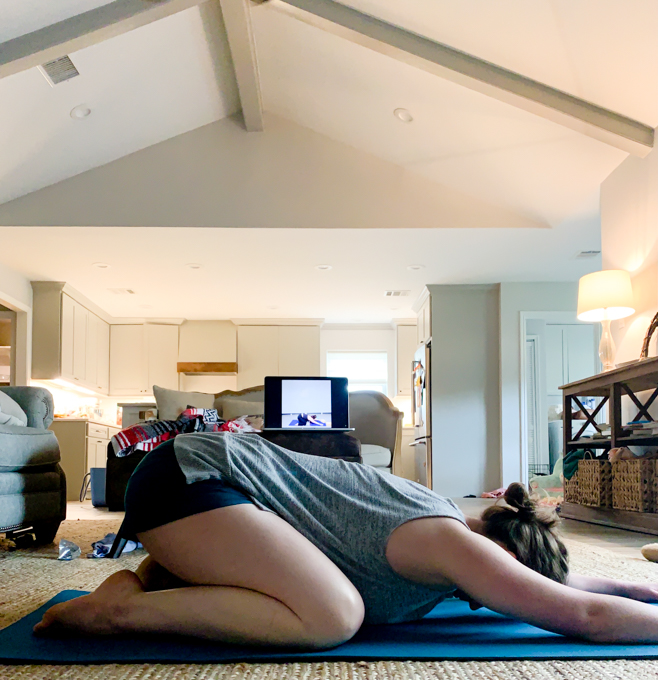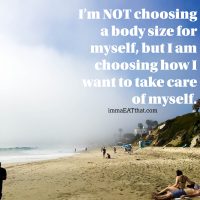Embodied Yoga Practice for Disordered Eating with Angela Prior LCSW-S, RYT
This video is so good!
Back to my desire to bring you somatic movement opportunities, I reached out to Angela Prior LCSW-S, RYT to see if she’d be willing to create some videos for your guys. Over the years, I have shared several clients with Angela (she being the therapist and me being the dietitian on the client’s team) and I think very highly of her. She will be creating 2 more videos for you that will be posted here sometime before August. The first video is below and is an embodied yoga practice focusing on building awareness of physical sensations in the body specifically for disordered eating.
As Angela explains well in the video, embodiment is your connection to the experience of the internal and external. Internal meaning your thoughts and feelings. While the external pertains to how we engage with everything outside of us.
The most frequent complaint I hear about anything yoga-esque is, “I just felt like it wasn’t a workout. It wasn’t enough.”
To which I say, correct! The point of a somatic movement practice is to build awareness of physical sensations. It will feel different than a workout where you are throwing your body around or pushing it to its limits. As Angela says in the video (I’m paraphrasing here a bit): “Embodiment is a tool of healing from disordered eating. Embodiment is the vehicle we are driving to get us to some place. To build embodiment, we need to build awareness of physical sensations.”
For me, the reason I do yoga/somatic movement/gentle movement is to build awareness of physical sensations. The point isn’t to feel like my muscles are fatigued or worked. In my eyes, the purpose of a traditional workout (i.e. like a crossfit or orange theory class, going for a jog, doing a strength training circuit, etc.) has a different purpose than somatic movement. I don’t think traditional movement is bad, in and of itself. However, for some, muscle-working, heart-pumping traditional movement can lead to disconnection. Since disordered eating involves a lot of disconnection (the opposite of embodiment), that may not be what you’re wanting to be practicing exclusively. If you are interested in embodiment, building awareness of physical sensations may be a helpful path there.





I LOVE Angela! Thank you for sharing this!
:)
Pingback: Could a sensory processing glitch be contributing to your drive to overexercise? – immaEATthat
Pingback: Self Compassion Yoga Practice for Disordered Eating with Angela Prior, LCSW-S, RYT – immaEATthat